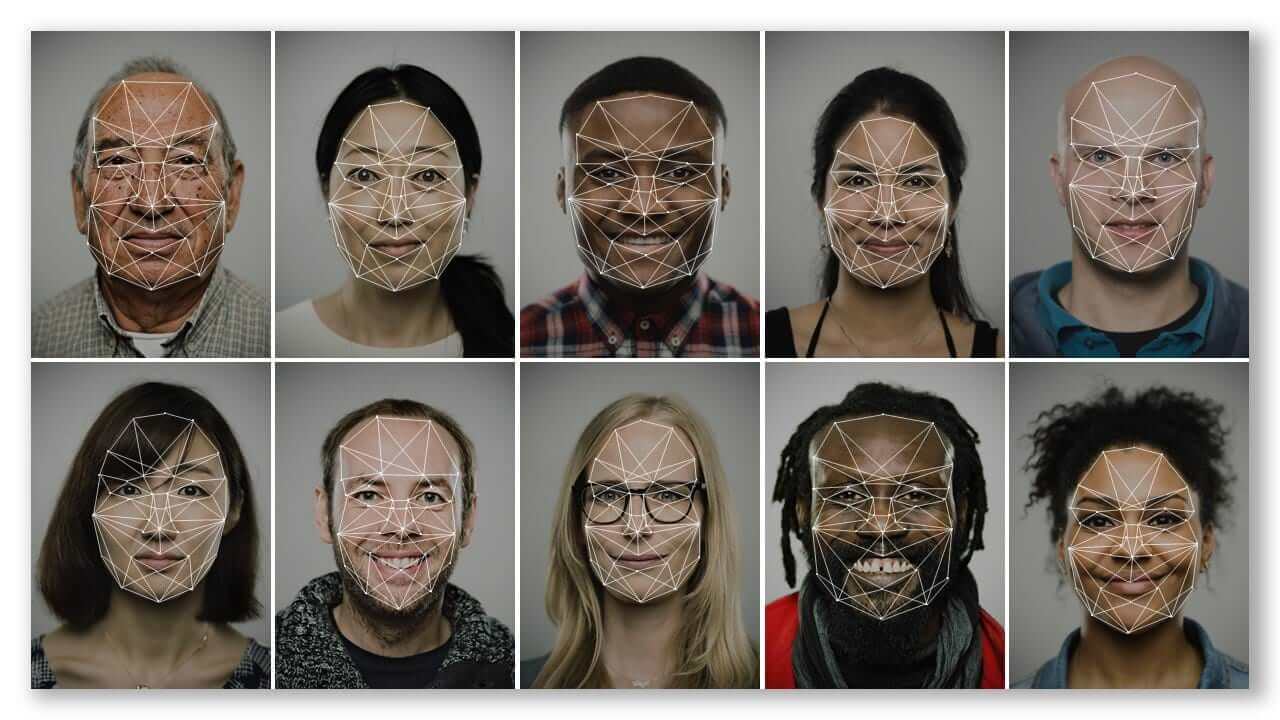Instagram launches new posting feature, Amazon sends out free product samples to improve conversion, Microsoft calls for laws around facial recognition regulation, Twitter rolling out a beta test for new features, Older people found to be more likely to share fake news on Facebook
The ‘New Year new me’ idea seems to have been adopted by a number of companies, with Instagram and Twitter both testing more new features and Amazon starting a trial program that offers free samples to those almost ready to purchase.
The social media changes could make it easier for those managing several accounts, as well as individuals who tend to tweet a lot. In terms of Amazon, the sample program could be big news for CPG brands, but what are the implications.
In other news, Microsoft is making a call for governments around the world to introduce laws that regulate facial recognition technology.
Research has also found that older people are more likely to share fake news articles on Facebook, which could be due to a lack of media savvy.
Find out more about these big stories with this week’s news roundup.

Instagram allows posting to multiple accounts at once
Instagram is making it easier for those who manage several accounts and use the same content by making it possible to post the same content to multiple accounts at the same time. Rather than having to go through the post creation process for each account, it has been confirmed that users will be able to toggle accounts on and off within the composer screen.
Speaking to TechCrunch, an Instagram spokesperson said that this option will soon be available to all iOS users. They said: “We are rolling out this feature to provide a better experience for people who often post to multiple accounts.”
While this feature is sure to make life easier for businesses and influencers to post to various accounts, it is sure to have an impact on the appearance of Instagram’s feed. It could result in users seeing the same images and captions from several accounts that they follow if they are managed by the same person.
This new feature also seems to be at odds with Instagram’s drive for original content. In fact, the social media platform has cited the fact that it wants to keep its feed original as one of the reasons it has not added a native regram feature to its app.
While it doesn’t want to make it easier to share other people’s content to your account – something that would be handy for brands making use of user-generated content – it seems that Instagram has no issues with users duplicating their own content across accounts.
On top of this, sharing the same content on different accounts and to different audiences isn’t the best idea for your social media strategy. After all, you need to ensure that the imagery and messaging used targets your personas in order to get good reach and engagement.
This means that those creating content for several accounts should aim to use this new feature if accounts have similar followers and brand identities.
Amazon sent me a random coffee sample! Is it because I have like 15 diff types of coffee in my cart 😂😂😂 pic.twitter.com/LAXOdmpYMa
— Aman (@amanfbaby) August 25, 2018
Amazon uses machine learning to offer product sampling program
Amazon has launched a new trial that will see certain customers receive free product samples from select brands. The e-retail giant’s latest venture is separate from its Prime Sample program, which sees customers pay to receive a box of samples, as it is instead sending customers surprise freebies.
Using machine learning, Amazon is selecting customers to receive samples in a bid to increase its conversion. It hopes that the program will ensure higher conversion rates than its paid ads currently produce.
This program is being offered as an additional advertising option for brands. It allows them to make use of the huge amounts of data Amazon has on consumer and shopping and intent, as the online retailer can pair its proprietary shopper dater with its sample fulfilment. This will ensure that only customers who are highly likely to purchase receive samples.
While this trial could offer good opportunities for consumer-packaged goods (CPG) brands, there is a question as to whether Amazon might start to favour its own private label products. As the retailer now has a growing list of its own goods, it stands to reason that these may be sent out as samples over third-party brands, which could impact the number of CPGs advertising with Amazon. Ultimately, this could then have an effect on the site’s purchase data.
Brands interested in looking into the sample program as a method of advertising should also be aware of the fact that Amazon will still control the customer relationship. Brands selling on Amazon are unable to access the data collected by the retailer, meaning that the platform must operate separately from other e-commerce efforts.

Microsoft calls for facial recognition regulations
Microsoft is calling for governments to introduce regulations for facial recognition technology, warning of future social issues if no laws are put in place. According to Microsoft, if rules are not created to regulate the technology in 2019, it could make societal issues worse within the next five years.
The tech company published a letter written by its president Brad Smith on its official blog, which highlights that while facial recognition technology offers some exciting benefits, it could also potentially be abused. Mr Smith says that failing to address the possible misuse of the technology now could mean that we will face challenges in the future that will be much more difficult to solve.
In his letter, the Microsoft president says that he doesn’t “believe that the world will be best served by a commercial race to the bottom, with the companies forced to choose between social responsibility and market success.” In order to protect companies and users alike, laws need to be established that govern the development and use of this technology.
Microsoft said they it believes that initial legislation will allow the technology to continue to advance while also protecting the public interest. On top of this, it has called for tech companies to develop safeguards that address facial recognition.
In order to do its part in safeguarding the use of facial recognition technology and its applications, Microsoft has announced that it will be adopting six principles to manage the issues within the first quarter of the year.
It has also said that it will be releasing new information and training resources designed to help customers use facial recognition technology in a responsible and socially-conscious way. This is part of Microsoft’s commitment to working with customers in the private and public sectors.
hey Twitter. we’ve been playing with some rough features to make it feel more conversational here. presence and reply threading. still early and iterating on these ideas. thoughts? pic.twitter.com/3U3NvpHWPy
— sara haider @ CES (@pandemona) August 31, 2018
Twitter rolling out new changes to select users
A new beta program is set to be rolled out by Twitter in the coming weeks that will test new ways of displaying tweets. To be made available to selected users, the program will include a range of features including, indenting, speech bubbles and different colours to represent different actions, such as replies.
Sara Haider, who works on product development at Twitter, shared images of what some of the changes would look like on the platform, including coloured replies that make it easier to see who is replying to who on a thread.
Twitter has also said that it is working on other features, such as status availability, which will not be included in the latest test program but could be trialled in the future. This feature would see a green bubble placed beside a user’s name to show when they are online. Users would be able to turn this on and off depending on their preference.
“Ice breaker” tweets could also be another feature rolled out in the future. These are apparently intended to help make it easier to start a conversation about a specific topic. In addition to this, people could attach tags to these tweets to explain what they are referencing, making it easier for people to find tweets about a subject they want to discuss.
Twitter is aiming to reduce harassment on the platform and is instead developing features that could help to encourage positive conversations. However, the social media platform is not seemingly making any changes that directly target harassment and negative content, so are these new features going to have the desired effect?
Users that wish to take part in the beta program should keep an eye out for official announcements from Twitter, as the platform will soon begin accepting applications.

Older users more likely to share fake news on Facebook
Facebook users over the age of 65 are around four times more likely to share fake news items on Facebook. New research published in the journal Science has found that older Facebook users, on average, share almost seven times as many fake news articles as users aged between 18 and 29.
Looking at the Facebook history of 1,750 US adults, researchers from NYU and Princeton cross-referenced any links they had posted with a list of fake news publishers. While it was found that the vast majority of users didn’t share any fake news articles in 2016, around 8.5% shared at least one link to a fake news domain.
The list of domains cross-referenced by researchers included sites like donaldtrumpnews.co, denverguardian.com and truepundit.com, as well as 18 others, which had been defined by researchers as having “intentionally or systematically” published factually inaccurate stories.
Looking at those who shared links from the 21 sites – which were noted as mostly being “pro-Donald Trump”, researchers found clear differences in the demographics.
It was found that around 18% of Republicans shared at least one fake news item, with only 4% of Democrats doing the same. In fact, the more conservative a user, the more likely they were to share more fake news links.
According to researchers, those who shared the most content were less likely to share fake news. This suggests that it isn’t a case of people sharing anything, as those who share a lot of content appear to be better able to tell what is fake and what is real.
In terms of age, those over the age of 65 also shared twice as many fake news articles as people within the second age group. This was still the case when researchers accounted for education, ideology and the total number of links shared.
The findings suggest that younger generations that have grown up with the internet are more media savvy. While they may share content that they agree with, they are less likely to post content from fake news sites, showing a higher degree of media savvy.